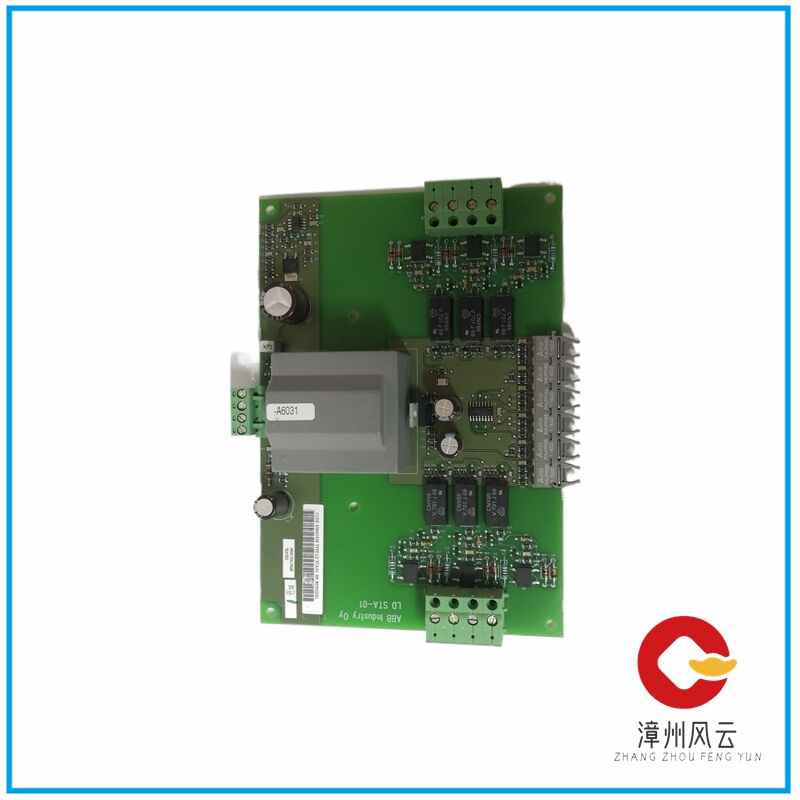Before the era of distributed control systems (DCS), alarms were hardwired to fixed alarm panels installed on the control room walls. The panel consists of a discrete input and a red indicator light at the window (connected by a wire).

Alarm creation has long required manual completion, as installation personnel must drill holes and lay copper wires on the panel to activate the signal device. This approach requires careful consideration of which events to issue alarms for and the specific reasons behind them.
The introduction of DCS has changed the traditional alarm method. Nowadays, alarms are integrated into distributed control system application software, so new alarms can be created with relatively simple software changes.
This will lead to an increase in meaningless or irrelevant alarms to the operator. Being immersed in a large number of false alarms can cause operators to ignore new alarms and also make them miss critical alarms.
Due to the simplicity of adding new alarms, implementing effective alarm management procedures is more important than ever before.
Designing and deploying new equipment takes several months, and the operating time of the equipment can exceed 20 years. This indicates that during the design and implementation phase of the project, operators are likely to need to adapt to the decisions made by others over the long term.
Most of the additions, enhancements, and porting operations of distributed control systems are carried out as specific projects.
However, alarm management is never-ending and requires your unremitting efforts. Therefore, a key to building a successful alarm management program is to realize that it is not just a project, but also a long-term process. The ISA-18.2 standard states that alarm management not only involves hardware or software, but also relates to the work process or alarm management cycle.
To ensure the success of PlantPAx ® Successfully executed alarm management project in DCS, Rockwell Automation and certified Encompass ™ Partner Exida has condensed the alarm management cycle into seven main steps:
1. Benchmark the performance of the alarm system. Quantify the average number of alarms/operators, identify false alarms and “negative factors”.
2. Develop an alarm concept. What constitutes the need for an alarm? How to prioritize alarms?
3. Rationalize alarms. The purpose is to create the optimal combination of alarms to ensure device safety and maintain it within normal operating range. At the same time, the necessity basis for each alarm must also be recorded.
4. Advanced alarm design. Add logic to suppress alarms when the device is not in use or when it trips, preventing alarm flooding.
5. Implement rationalization results. Load alarm configuration changes into the PlantPAx system and create alarm response steps to present to the operator on the HMI side.
6. Performance monitoring and evaluation. Regularly review the performance of the alarm system to drive continuous improvement.
7. Audit. Compare the PlantPAx alarm settings with the rationalized alarm settings to confirm that the relevant processes and steps have been followed.
To achieve proper alarm management, persistent efforts are required. In the PlantPAx system, we have no reason to adapt to poorly functioning alarm systems. The system software configuration is simple, and the Rockwell Automation Process Object Library integrates alarm configuration with general suppression technology, which can reduce engineering time and deployment workload.
With just a few simple steps, alarm management can be successfully executed and maintained in a distributed control system. Firstly, please visit Rockwell Automation’s white paper series on alarm management:
● Economical and effective alarm management
Performance benchmarking and alarm concept development